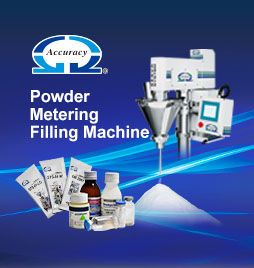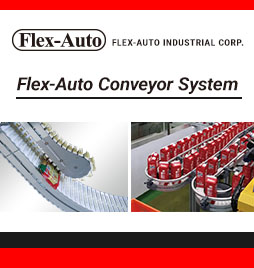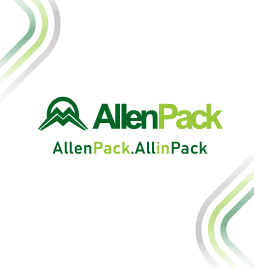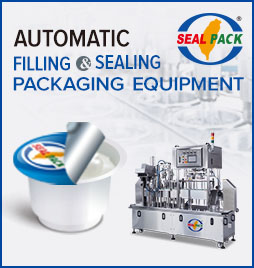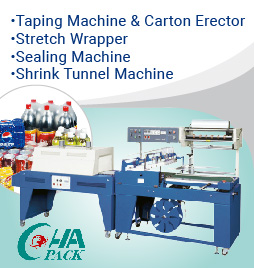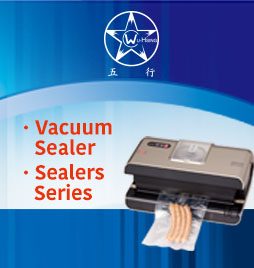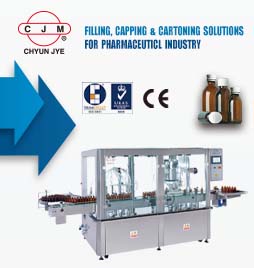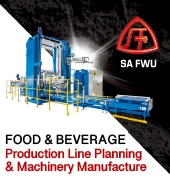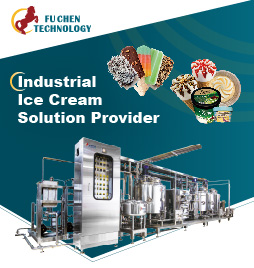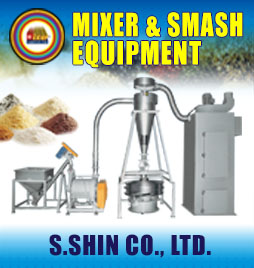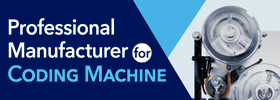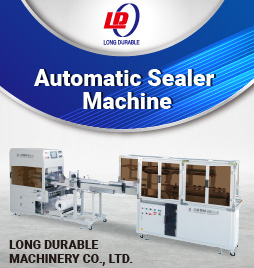Innovation, packaging AND THE EXPERIENCE OF THE CUSTOMER
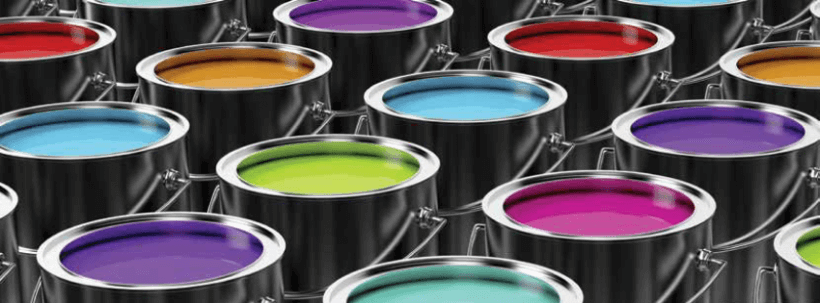
Today in a world where people are hyper-connected, where our pace of life is 24/7, we are looking more often for those products identifying us as people, as users with the ability to choose. l José Gutiérrez*
*Foldable Packaging Division Manager of HP Indigo Latin America. [email protected]
I usually start my presentations with a phrase that leaves more than one assistant thinking: there are three types of companies, those that make things happen, those that see things happen, and those that wonder what happened. Because it encourages them to make an assessment of where they stand with respect to their competition and in addition to having a challenging tone for each one of the companies who are attending, it also invites them to reflect on the moment we are going through as consumers, as suppliers and as brands.
In recent years, the communication processes have changed drastically, and this inevitably shows us that the processes of involvement, evaluation, comparison and acquisition of products have done so as well. If we leave 15 years ago, I am sure that none of you who are reading this article (or at least the majority) would have thought that the largest transport company in the world today (if their name begins with a U in that application of their cell phone) does not own a single vehicle, that the most important real estate rental company (that other application being called Air ... and which is also used from their cell phone) does not own any of the properties that it advertises, we would believe it. Beyond showing the dizzying evolution of technology, this confirms that business models are inevitably transforming.
Today, the packaging is not the exception. The packaging is facing a process of evolution, which is making innovation in technology and the business model to be mandatory throughout the ecosystem, from brands of consumer products, pharmaceuticals, cosmetics, food, beverages, etc., to the design, advertising and marketing agencies, without leaving aside the packaging converters, who are undoubtedly between the rock and the hard place when facing the demands of flexibility, diversity of products, and the demands of their customers where the pressure of the price always stands out.
Undoubtedly, the technology, which is currently attracting attention on the packaging production market is digital printing, which has allowed us today to see one of the most impressive marketing campaigns in history by making use of the massive "customization" of a beverage commonly known as soda, on whose labels hundreds of different names are printed and which manages to reconnect to one of the most valuable brands in the world with a generation, which is far from having any interest in consuming it and had a tendency not to do so .
The results were impressive when thinking about the production of millions and millions of labels with a diversity of names, which are varying from country to country, while all of them are printed in digital, and this leads us to break the first paradigm, which has dominated us for years, namely digital printing, It is only made for short shots. Actually, no, digital technology is designed for short shots, medium shots and for large shots. This is not defined by the cost per print or by the capacity of the press, it is defined by the business need of each of the customers, of each of the brands, and these are generally aligned with what the market is asking for.
It is inevitable to accept the idea that digital printing is more expensive than conventional printing when we look at the unit cost of a printed piece. But what happens when we start it by analyzing the efficiency of digital technology, while a packaging converter faces multiple changes in the designs which it has to produce every day, what happens when a packaging converter has to make use of multiple substrates in the ones we are going to print, how many sheets or meters we have to waste to make the corresponding color adjustments for each one of these changes, what happens when we have to do color repetitions and no minimum variation between the runs is accepted, what happens to the time we have to invest in the adjustments between each of the jobs. The answer is indisputable, it is irrefutable that today's digital printing technology is the most efficient technology for short runs, multiple changes, uses of different substrates, machine settings between job changes and to perform repetitions. There is no discussion, it is the nature of this technology, and denying it would be as inadequate as denying that conventional technology is irreplaceable in the long run.
Since we passed the issue of efficiency in production with certain characteristics, we come to the subject of innovation and added value. First, the question is born: are customers willing to pay more for a printed product in digital technology? The answer is simple: the type of technology (whether conventional or digital) in which a product with added value is printed is irrelevant. I have not found nowadays the first person to buy a product because its packaging has a stochastic plot, I have not seen any consumers of consumer products buying a box of cookies because it is printed in conventional or digital technology, In general, our consumption habits and our purchasing preferences are hardly defined by the technology in which the packaging of the products we consume is printed, and in counterpart, what do they tell me of those willing to pay an extra for a box of chocolates, which has a photo or an element that refers to a pleasant memory of our life, or that they tell me to give our children the opportunity to design their own cookie box customized for Christmas.
In these cases, we are not only able to pay more, but also to not only order a box. We ask for more than one to give to our loved ones, and share our experience as consumers of a product.
It is indisputable that—like people all over the world—we are willing to pay an extra value for a product that has a differentiating and value-added element, and if you do not believe me, I invite you to look at these figures and these data, which we found in a study of the consulting firm Euromonitor International:
- The sales of high-cost products have increased by 25.9% in the last 5 years.
- During this period, the average GDP growth was 2.8% per year.
- In 2015, the luxury market in Mexico exceeded U$3,685 million, while it exceeded U$3,190 million in Brazil.
- After these two markets, the countries which experienced the highest growth in the consumption of high-cost items are: Chile, Colombia and Argentina.
- 68% of buyers of luxury products acquire the products because they like to "show off", while a similar percentage of buyers buy the product because they want to feel "unique" or different from the market average.
- A significant part of these buyers are young adults who still do not have children or family, and whose income is destined for them.
Today, brands have the responsibility to make our purchase of the products a unique and unparalleled experience. There is digital printing technology for this purpose, which undoubtedly has unparalleled advantages, such as the use of 7 colors, the handling of ink and not toner for printing on any cardboard, on synthetic substrates of 10 to 24 points, of an FDA certified press. for making primary and secondary packaging, and all this with the advantage of adding elements, which make us feel like a special consumer and thus drastically improves the shopping experience.

